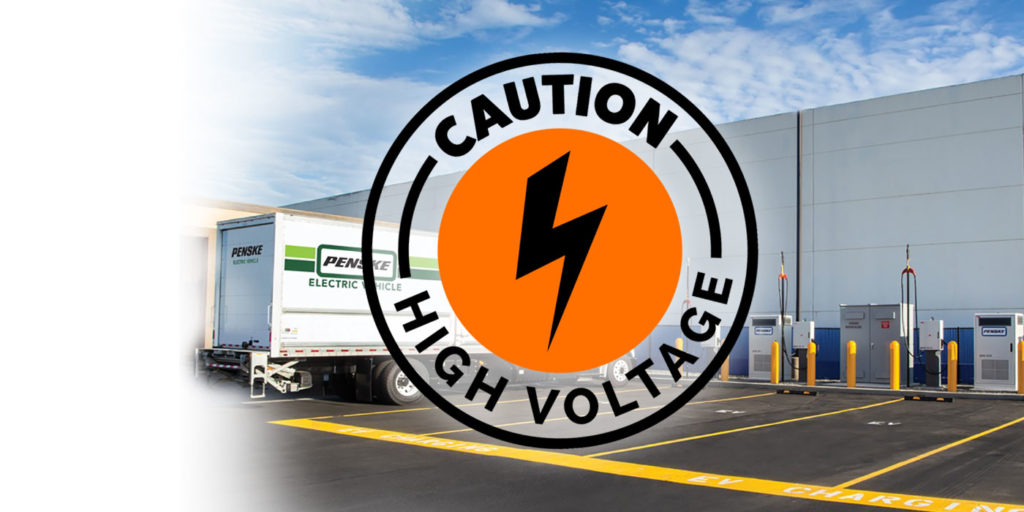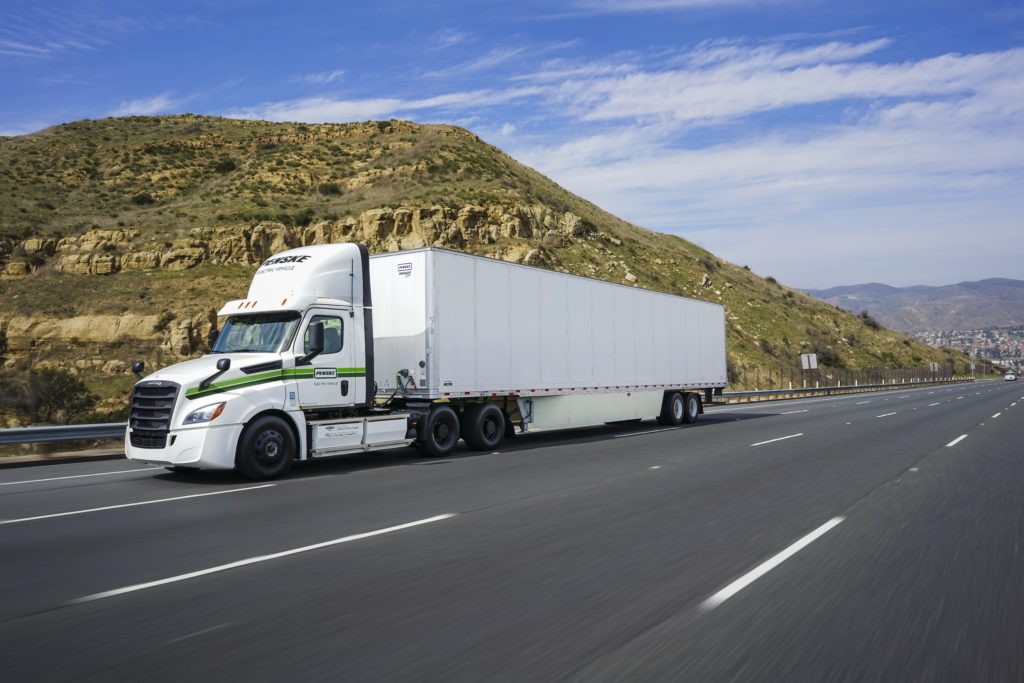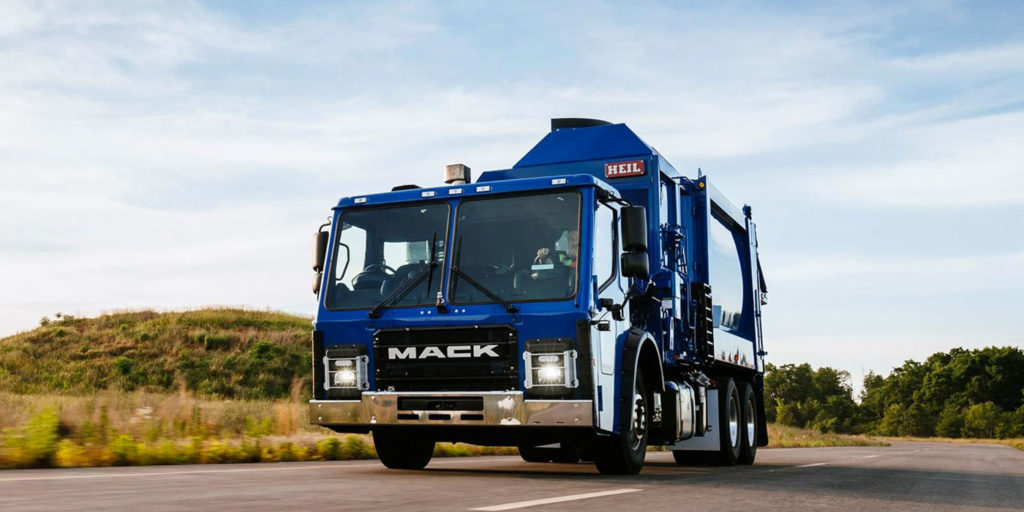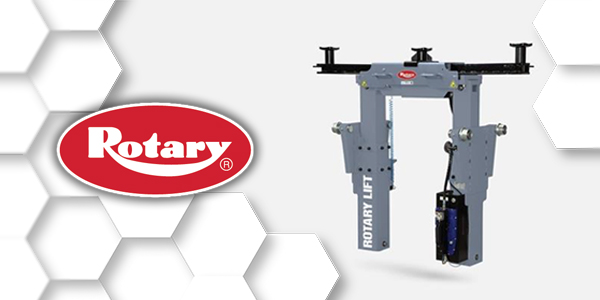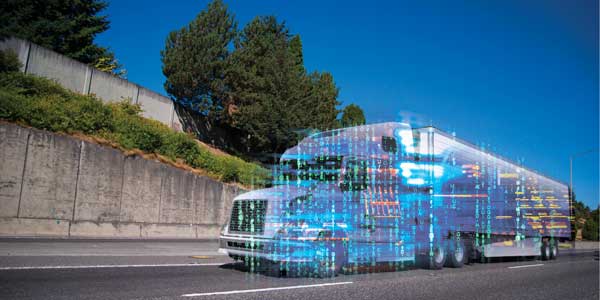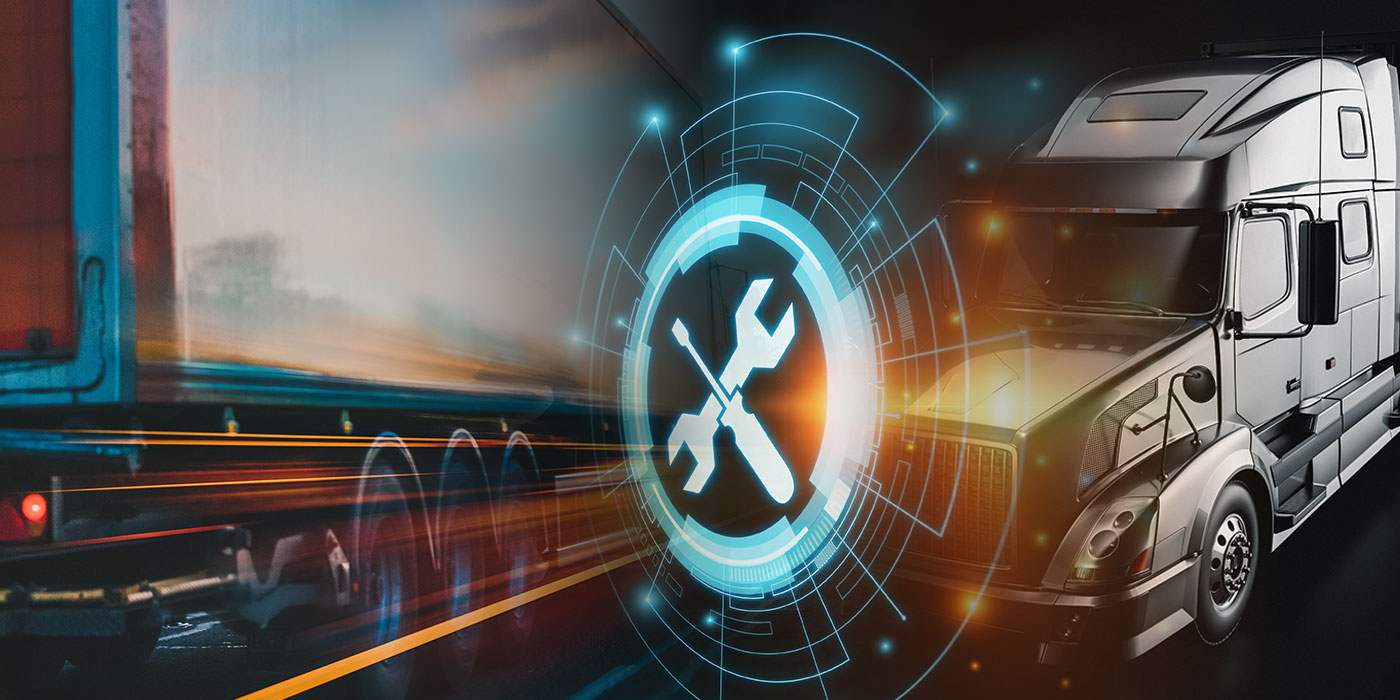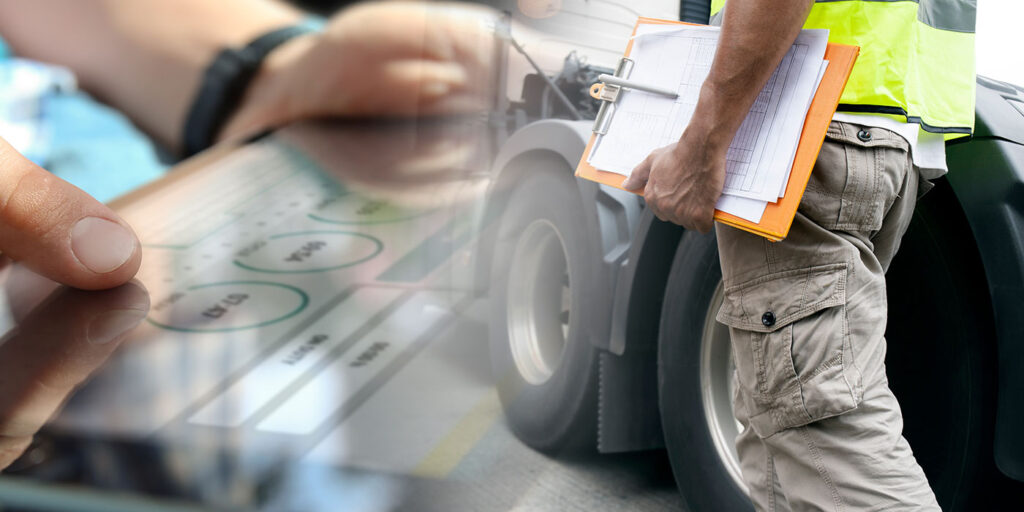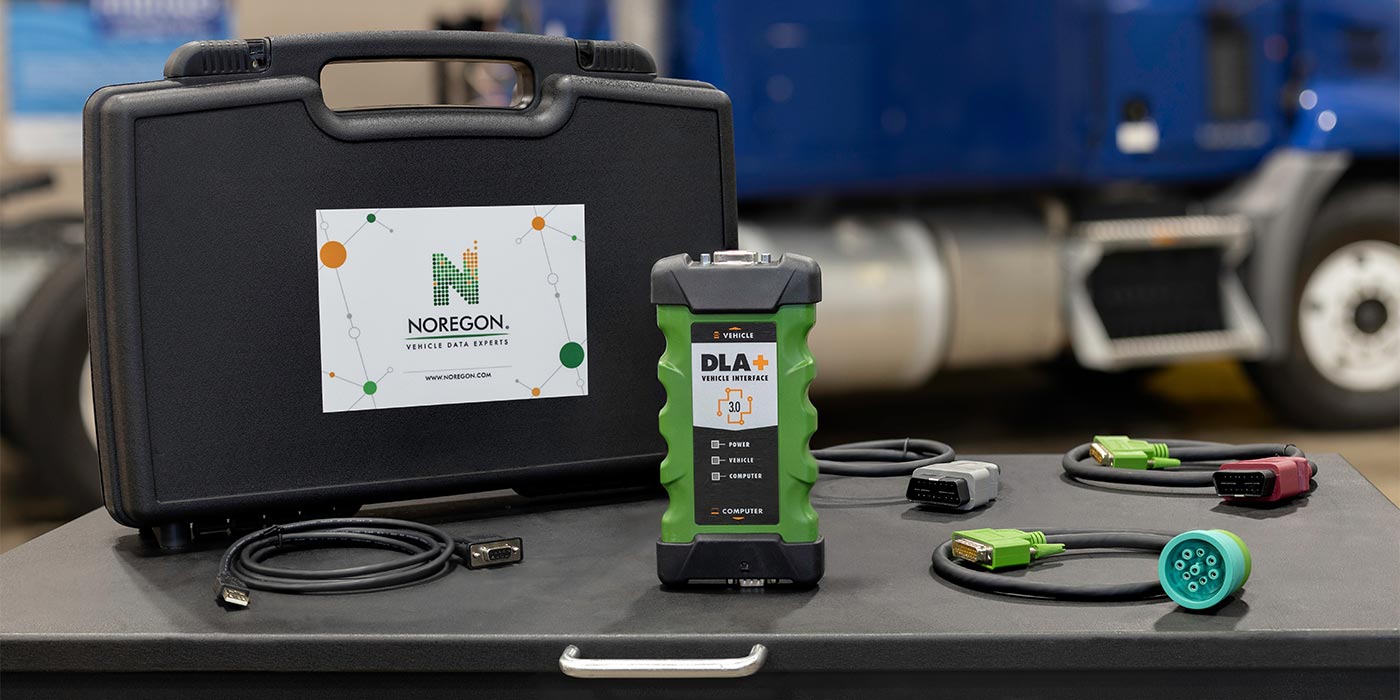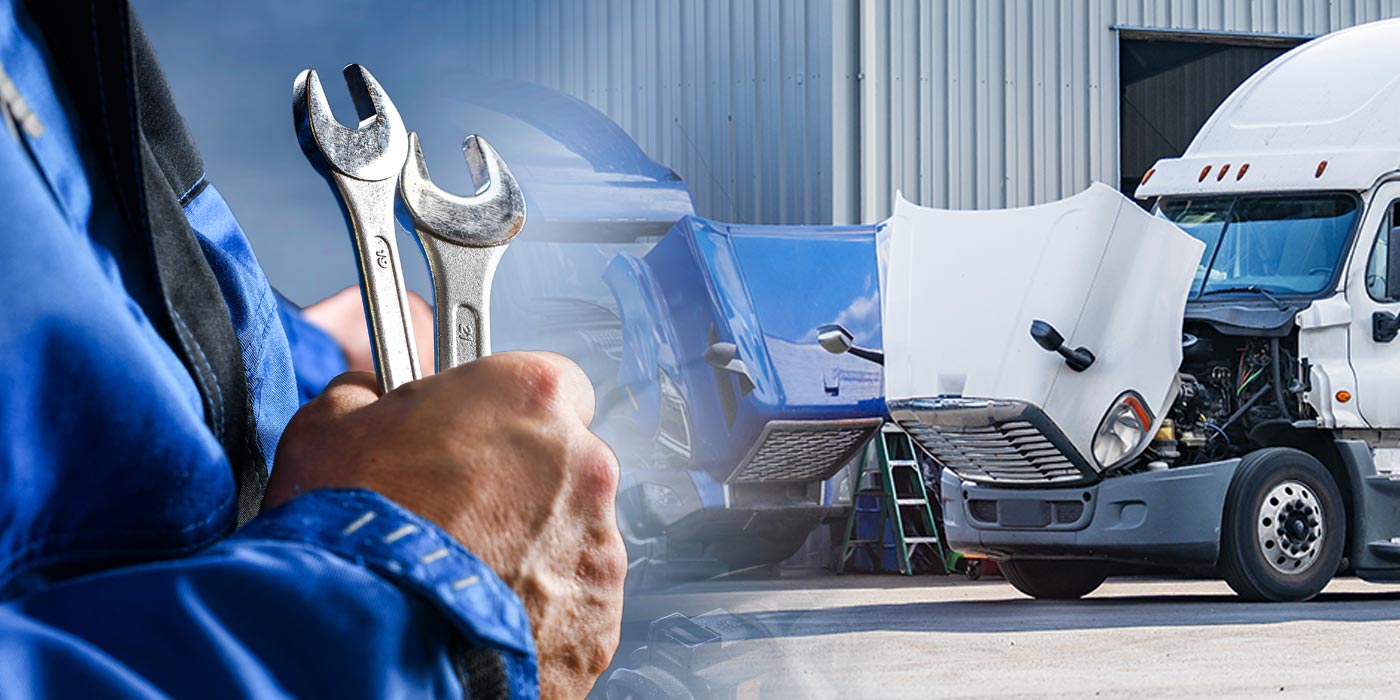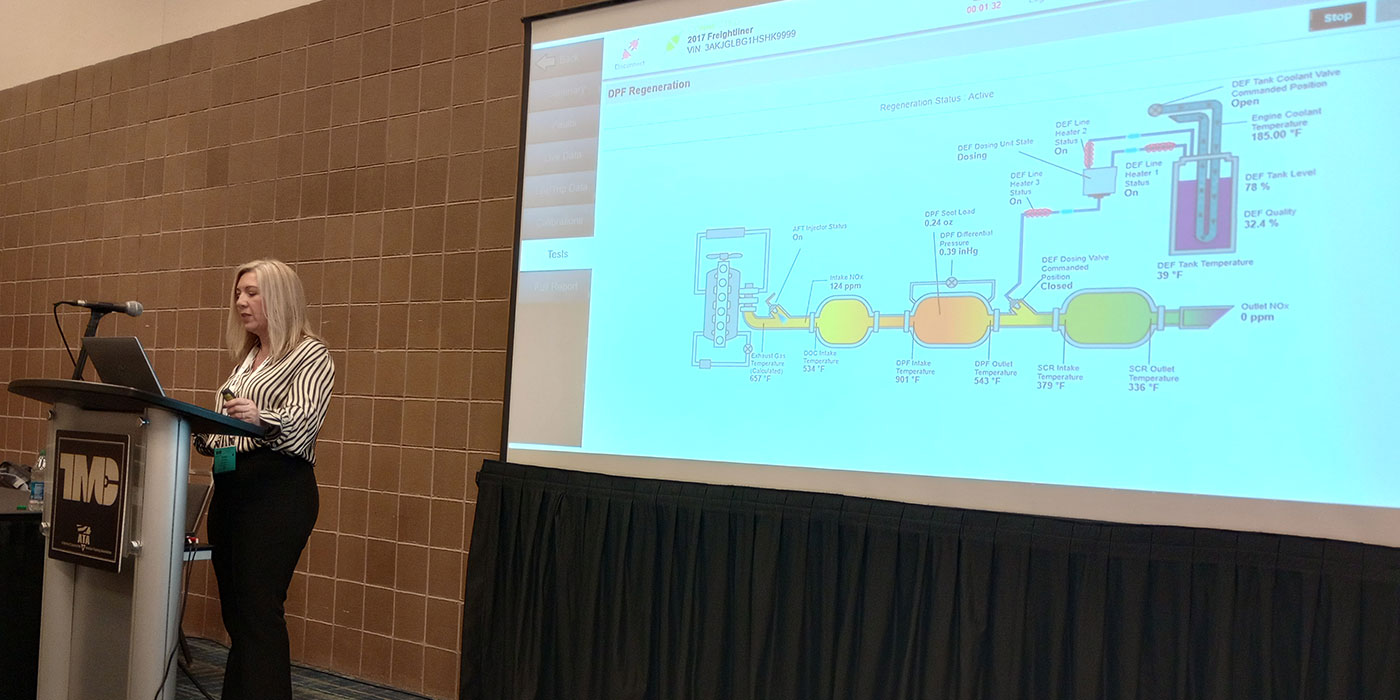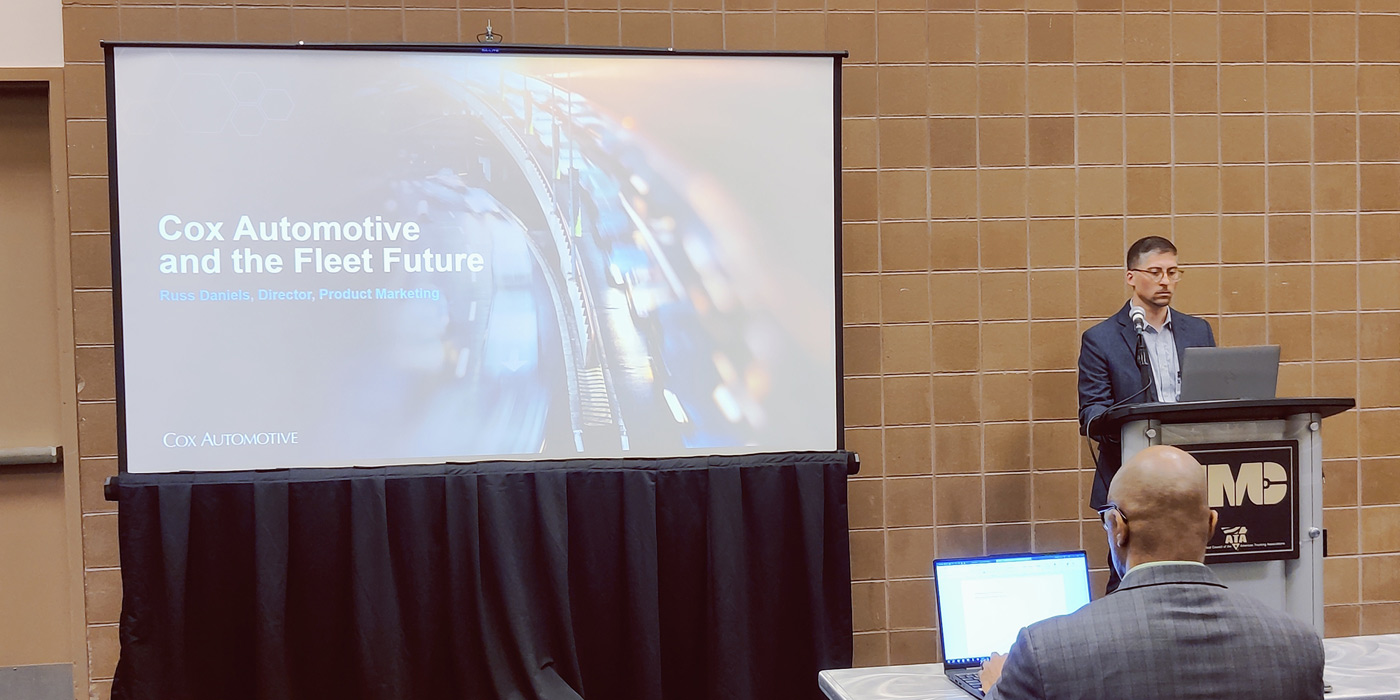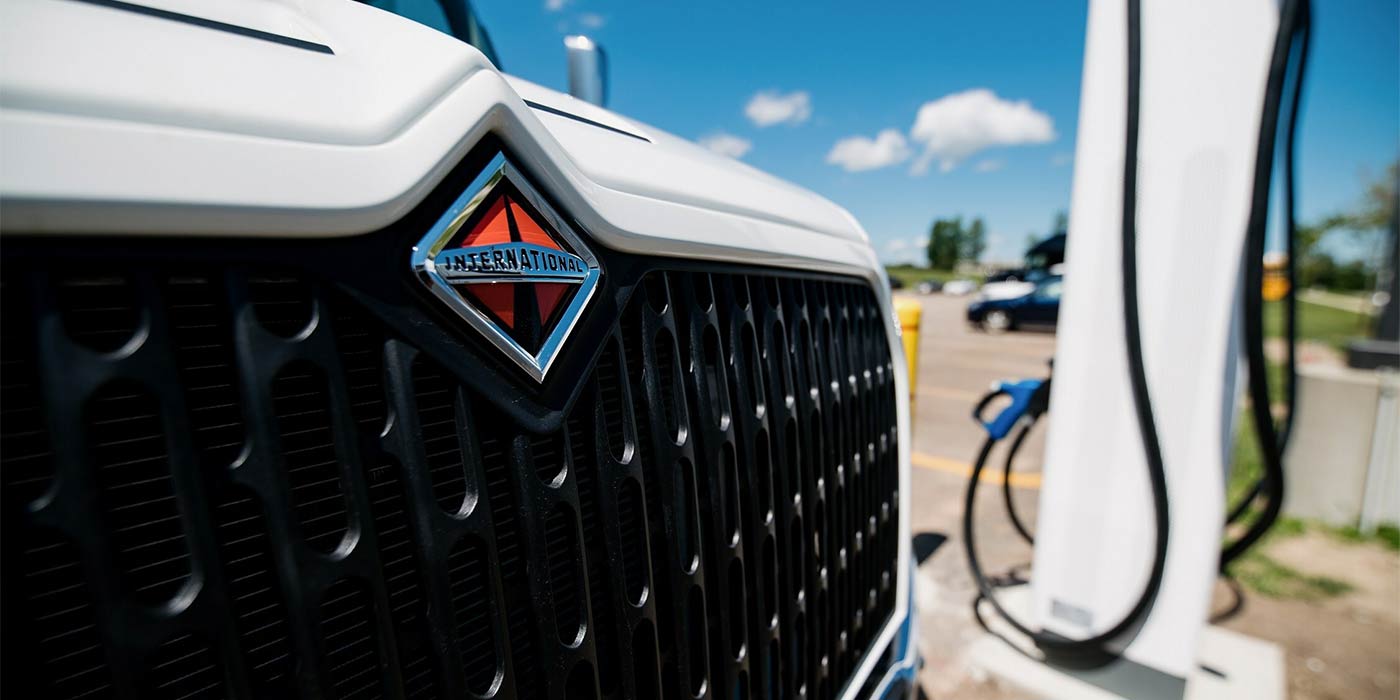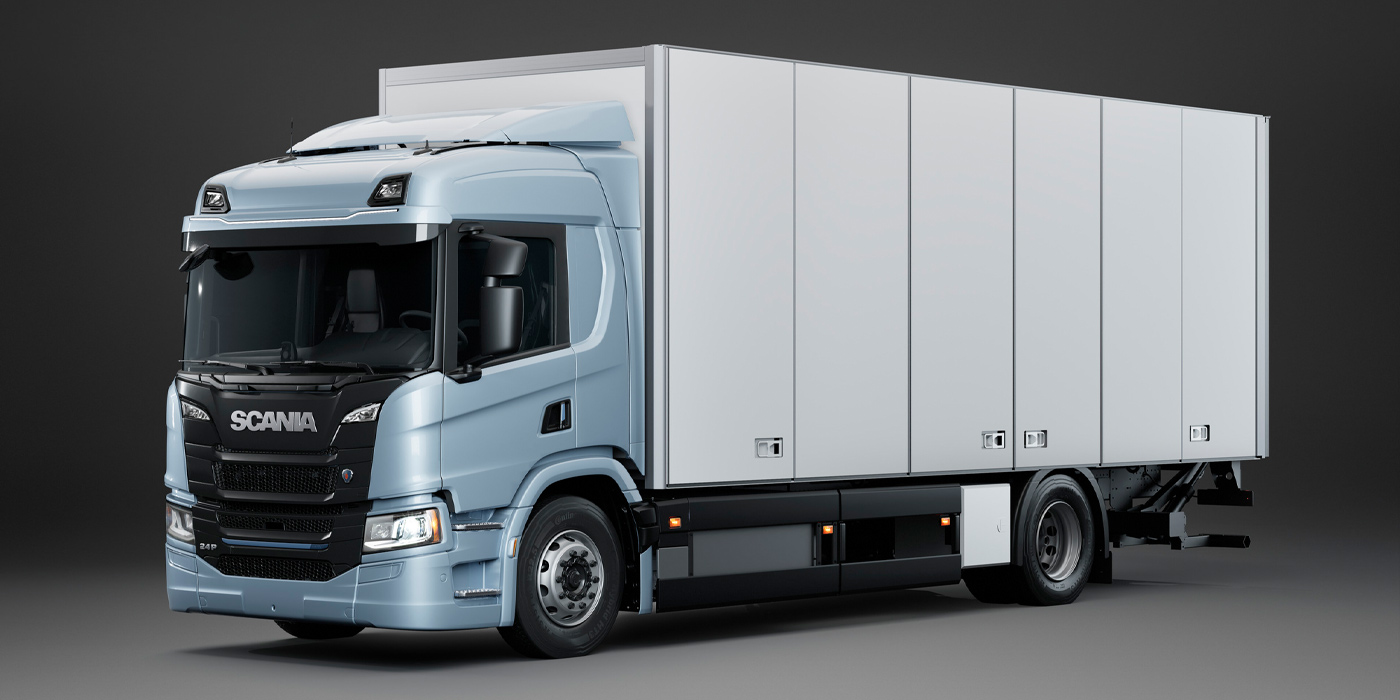One of the most promising pieces of good news to come out of 2020 was the announcement of the availability of multiple medium- and heavy-duty electric trucks. OEMs like Daimler, Kenworth, Mack, Peterbilt and Volvo all announced battery electric trucks that are either available now or will be in the foreseeable future, and several of those same OEMs, in addition to Navistar and Cummins, are working on hydrogen fuel cell trucks as well.
Like many other exciting new technologies, that initial interest and excitement often gives way to questions of practicality, “this would be so cool” morphing into “how would this work, exactly?”
The question of how it impacts truck service is key. Whether you’re running your own shop or working with a shop under contract maintenance, the service location will need to be prepared for an electric truck long before one ever enters its bays. Here are some things you will need to keep in mind on the service side if you’re thinking about investing in an electric truck.
How your shop will need to change
The No. 1 thing to keep in mind when servicing battery electric and hydrogen fuel cell trucks is safety. Both types of trucks operate with extremely high voltage—something that must be kept at the top of your mind in the shop.
“Local regulations and building codes vary,” says Mike Hasinec, vice president of maintenance at Penske Truck Leasing, which has been testing several electric trucks in its fleet, including the Freightliner eCascadia and the Hyliion 6X4HE Class 8 hybrid. “Working with your local fire department can definitely help, especially since hydrogen is so flammable.”
One thing all of FE’s sources agreed upon is that you should have at least one designated bay for electric vehicle repair. This bay doesn’t need to be exclusively used for EV work—just make it so that when an electric truck comes in for repair, that bay is always where it goes.
Peyton Harrell, Peterbilt director of dealer network development, notes that this is recommended to prevent electrical exposure to untrained technicians or personnel.
“It is also recommended that there be a trained observer outside of the battery electric vehicle [BEV] work area to assist in the case of an emergency,” he adds. “Work on Peterbilt BEVs should never be performed alone.”
“Designating a bay for this work allows you to have the specialized tools placed in the area/bay,” Penske’s Hasinec notes. “You should also have placards and signage which inform everyone that this area should be off limits for just anyone to enter.”
Charging is, of course, also key, and the appropriate charging equipment should be installed at the aforementioned bay.
“The biggest thing that comes to mind is a method of charging the vehicle as part of a service routine,” says Greg Bowen, eMobility trainer at Daimler Trucks North America. “That could be a mobile charger, or a service bay co-located with a permanently mounted charger. The bay that will be used should have the capability of being cordoned off with an electrical ‘Limited Approach Boundary’ to keep folks that are not involved with the work being done from being exposed to any potential electrical hazard. Bays that will be used for battery swaps will need wheel lifts.”
Scott Barraclough, Mack Trucks technology product manager, recommends having a process in place so that technicians know who in the shop is authorized to work on EVs if there is ever a question.
“Appropriate personal protective equipment will need to be available to the technicians for shock and arc flash protection,” he continues. “Toolboxes will need to be updated with insulated hand tools such as sockets, screwdrivers, pliers, etc., and lock-out devices to place on battery connectors so they cannot be reconnected by unauthorized personnel. Finally, the OEM or battery manufacturer should be consulted regarding the safe handling and storage of batteries.”
Additionally, Penske’s Hasinec advises having sensors for detecting leaks and fans that are used to pressurize a bay and remove the gas very quickly.
And remember that when in doubt, you can always check with your OEM.
“Volvo Trucks will be providing fleets with the same type of training and support that we provide our dealerships with in order to service the new Volvo VNR Electric,” says Brett Pope, director of electric vehicles at Volvo Trucks North America. “We will provide clear and thorough training to ensure our fleet customers have the resources needed to service this new truck model. We will also offer internal service support for those customers.”
“As this technology is brand new and just coming to market, the truck OEM will be the primary source of information and training on their EVs,” agrees Mack’s Barraclough.
Electric truck service similarities
There are plenty of similarities shared by electric trucks with their diesel counterparts as well, so it’s not all brand new.
“Most OEMs have designed the high-voltage systems to shut down and disconnect after the unit has been turned off, so there is nothing special the technician has to do for most routine maintenance,” Penske’s Hasinec notes.
“EVs and ICE vehicles all have cooling systems, brakes, tires, lights, A/C compressor, heaters, coolant/water pumps, power steering, air compressors and other cab accessories, and maintenance and inspections are required for all.”
“The good news is that many of the systems on the eCascadia and eM2 are exactly the same as techs are used to seeing on the diesel-powered versions, so most of the service and repair procedures of these mechanical and 12-volt systems are the same,” DTNA’s Bowen says. “The high voltage drive system does require some different skills to service and repair it. Additionally, the sorts of troubleshooting techniques technicians cultivate over their careers servicing diesel vehicles have to be modified to some extent when dealing with high voltage vehicles.”

